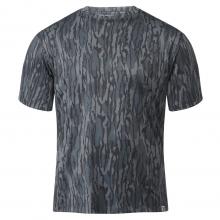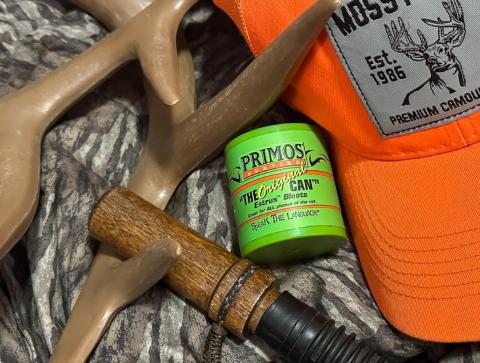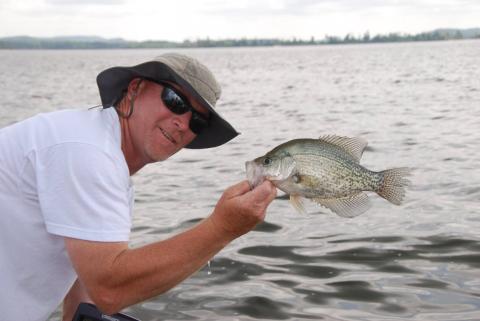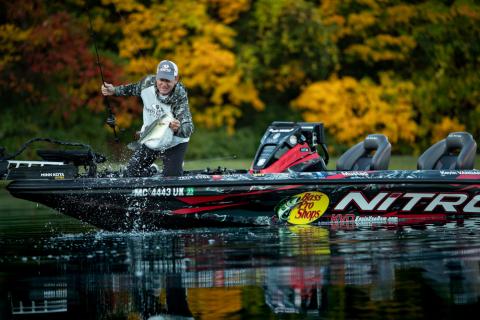Camping is the ultimate adventure, offering secluded views of pristine lakes and untouched forests to watch a sunrise in the early morning. It’s the perfect escape from the hustle and bustle of everyday life, and it’s a great way to spend time outdoors during the winter months.
But your camping experience is only as good as what you prepare for and, in the cold weather, it’s vital to come equipped with the right gear to keep warm. Here are nine camping essentials to pack for a memorable and comfortable winter camping adventure.
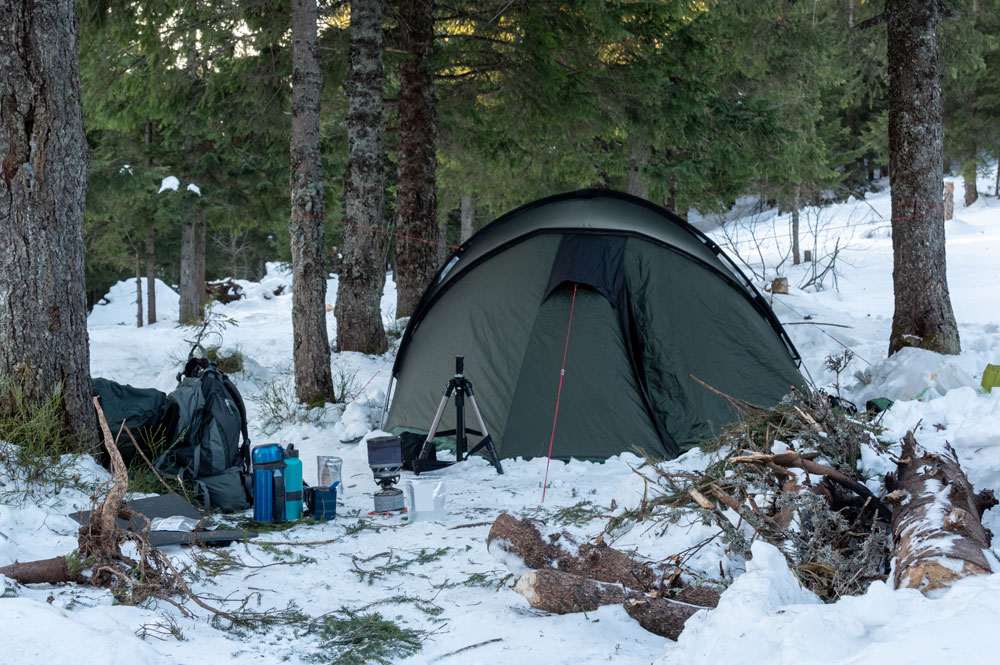
1. Well-Insulated Sleeping Pads
If you’re camping in the winter and pitching your tent on top of the snow, having proper insulation is essential to staying comfortable through the night. The most effective way to achieve this is with an insulated sleeping pad. Investing in a high-quality insulating sleeping pad can provide a better night's sleep because they’re soft and comfy. It also limits the amount of overnight gear you need to pack because one pad beneath your sleeping bag is sufficient for warmth. Alternatively, you can layer multiple sleeping pads for insulation, but this adds significant bulk to your pack.
2. Insulated Sleeping Bag Liners
Sleeping bag liners provide multiple benefits for camping year-round but are especially useful in cold winter weather. Sleeping bag liners come in two forms: mummy liners or rectangular liners.
Mummy liners are a sack you slip into the sleeping bag, whereas the rectangular liners are similar to travel sheets that are usable with or without a sleeping bag. Both keep dirt and oil from your body from rubbing off onto the sleeping bag.
In the winter, investing in an insulated sleeping bag liner can help provide more comfortable sleep by trapping your body heat. Depending on the conditions, a liner may also allow you to carry a lightweight sleeping bag, rather than a winter weight bag, to reduce your pack load.
3. Moisture-Wicking Base Layers
Choosing the right base layers can make or break your winter camping trip, so you’ll want to pack your best cold weather hunting gear. Most clothing designed as a base layer uses moisture-wicking performance fabrics and is essential for any physical activity, especially in the cold. Sweat drying on your skin can give you chills, and base layers draw moisture away from your skin, keeping you warm and dry.
You can choose from various fabrics, including synthetic polyester, merino wool, silk, or ceramic wool (aluminum silicate). Synthetic materials offer better moisture-wicking properties than silk or wool and often are more effective at reducing odor.
For below-freezing temperatures, opt for heavyweight underwear, which has a denser knit than lightweight varieties. However, this is also dependent on your natural body temperature and comfort level in the cold.
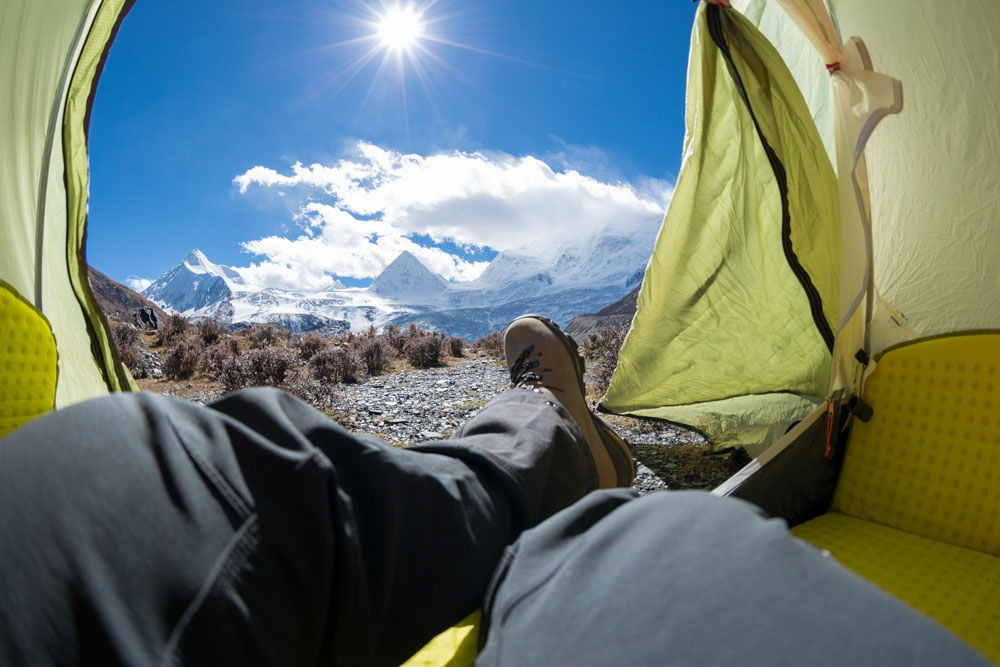
4. Warm Hat or Balaclava
Wearing a warm hat or balaclava when hiking and camping in the winter is essential to retaining sufficient body heat. A large portion of the heat your body naturally generates leaves through your head, so if you’re camping during winter and want to stay warmer while sleeping, it’s critical to wear a good hat to bed.
Choose a hat made from high-quality natural materials, such as merino wool or sheepskin. Thinsulate is a high-performance synthetic material that offers exceptional heat retention while still letting your head breathe, making it perfect for hiking. The hat should be large enough to cover your ears, or feature ear flaps, similar to a deerstalker cap, to prevent harm from the wind and cold.
Balaclavas are ideal if you’re doing a long trek to your campsite in winter, particularly in windy conditions. By covering your face and neck, they keep more natural heat in and the elements out, lowering the risk of frostbite on your nose or cheeks. This is especially important in below-freezing temperatures.
5. Wind-Resistant Tent Stakes
Stakes anchor a tent in compacted snow and, while they aren’t always necessary, they can make your camping experience more manageable. It is possible to create makeshift anchors using materials found on-site. But investing in high-quality tent stakes—specifically, those with wind-resistant grooves—is the best way to keep your tent stable in winter conditions.
6. Bottle Insulator
Putting cold water into a bottle for winter hiking and camping can cause significant problems. If temperatures are low enough, your water might freeze in the bottle or the lid, making it impossible to drink. Another issue is that drinking cold water in the winter can lower your core temperature and require more calories to digest.
Non-PET plastic water bottles are the best choice for winter camping because they can withstand extreme temperatures as long as you insulate the bottle to prevent freezing and cracking the plastic. You can purchase a bottle jacket or create your own using a wool sock, mitten, or beer cozy.
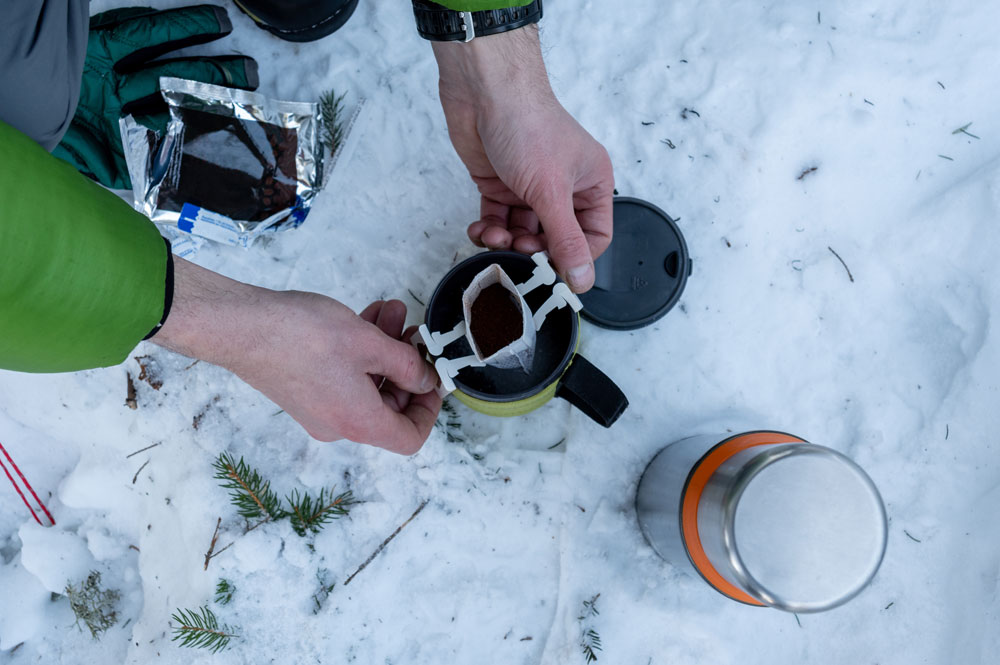
7. Leg Gaiters
These might not be at the forefront of your mind before going backcountry camping, but you’ll be grateful you wore them. Leg gaiters are designed as a protective layer to go over your boots and lower pants leg, keeping you dry from snow and moisture. This innovative item ensures you won’t need to change your pants after trekking to your campsite, and it keeps you warm and dry longer.
8. A Warm Pair of Gloves, Plus an Extra Set
Remember to bring a pair of warm, waterproof gloves for camping in the winter months. Mittens are warmer than gloves because they have less surface area and lose less radiant heat. However, gloves are better than mittens for dexterity when pitching your tent. Be sure to purchase a pair that can withstand moisture and which have a liner. Always bring a quality pair of backup gloves or mittens when the first pair inevitably becomes damp or cold or you lose one.
If the weather remains below freezing temperatures throughout the day and there is a significant wind-chill factor, you may need to layer your hand protection. A wool liner glove, followed by insulated gloves or mittens and topped by a waterproof overmitt, will keep your fingers warm.
9. Wool Socks and Toe Warmers
The warmth of your feet and toes significantly impacts your body heat. When camping in the winter and trekking in snowy conditions, a good pair of waterproof lined boots is essential, but wearing thick, insulated socks is just as important.
Your toes are highly susceptible to frostbite. If the snow gets into your shoes and onto your skin, frostbite can occur within 30 minutes, and the risk increases if the temperature is below 5°F. Toe warmers are easy to slip into your socks or boots to retain heat longer in cold conditions.
Be Prepared
To enjoy winter camping, you must dress and pack for the conditions. Take the time to go through a checklist of your gear before departure and invest in high-quality clothing and equipment to stay dry, warm, and well-insulated for winter camping adventures. As long as you prepare, there’s no reason being outdoors in the winter can’t be comfortable and fun!






